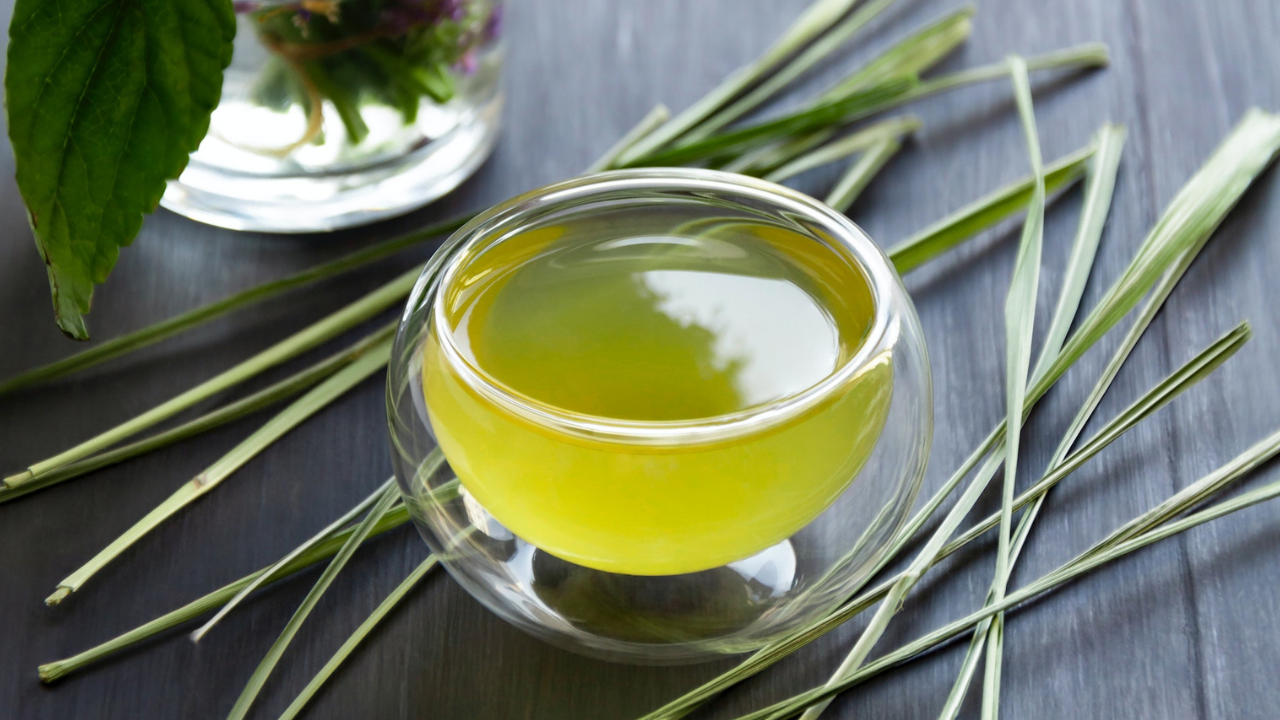Grow lemongrass at home
Growing lemongrass at home can be a great way to add fresh flavors to your dishes, and it’s easier than you might think! Whether you want to grow lemongrass for its culinary uses or health benefits, this guide will give you everything you need to know to get started.
Choosing the Right Lemongrass Variety
The first step to grow lemongrass at home is to choose the right variety. There are two main types of lemongrass: East Indian and West Indian. East Indian lemongrass is the most common variety and is often used in cooking. West Indian lemongrass, on the other hand, has a sweeter smell and is often used in teas and other beverages.
Preparing Your Soil
After selecting your lemongrass variety, it’s time to prepare your soil suitably. Lemongrass prefers a pH range of between 6.0 and 7.5 in well-draining soil. Making a customized potting mix with equal amounts of sand, compost, and soil can be a possibility.
Planting Your Lemongrass
Lemongrass can be grown from seeds or cuttings. If you plan to grow lemongrass at home from seed, start them indoors about six weeks before the last expected frost. Once the seedlings arrive, you may transfer them to a pot or an outside gardening bed. If you prefer to grow plants from cuttings, look for sturdy stems having no less than a size of one inch. Ensure that the stem cuttings are an inch underneath the water in the jar when cutting the stems. Once the roots become established, you can plant them in the soil you’ve recently prepared.
Caring for Your Lemongrass
Despite lemongrass needing minimal maintenance, it still has to be taken care of. Here are a few tips to help you sustain the health of the lemongrass:
Regularly watering is essential because lemongrass loves damp soil. Make sure that the vessel you’re planting lemongrass in has drainage holes to stop water from growing excessively.
Use a balanced fertilizer once a month to aid in the growth of your lemongrass by sporadic fertilization.
Prune regularly: Lemongrass can grow quite tall, so prune it regularly to encourage new growth.

Harvesting Your Lemongrass
You can harvest lemongrass once it reaches a height of around 12 inches. To harvest, simply cut the stalks at the base. You can use fresh lemongrass immediately or dry it for later use.
In conclusion, to grow lemongrass at home is a simple and rewarding experience. With some care, you can have fresh lemongrass ready to use in your cooking or teas. So why not give it a try today?
In tropical areas of Asia, Africa, and Australia, a genus of perfumed grasses referred to as “lemongrass” is common. These grasses are frequently used among home gardeners and farmers due to their common application in medicine, food, and cosmetics.
East Indian and West Indian lemongrass are both of the most popular types. Because of its more potent and pungent smell, East Indian lemongrass (Cymbopogon flexuosus) is the favored variety for cooking. Contrarily, West Indian lemongrass (Cymbopogon citratus) has a lighter flavor and is frequently used in teas, aromatherapy, and other non-culinary settings.
Both indoors and outdoors, lemongrass can be cultivated using little to no work. It prefers a warm, sunny area with permeable soil that is kept moist but not wet. Lemongrass requires lots of areas for spreading out once grown as it gets up to 6 feet tall.
To propagate lemongrass, you can use either seeds or cuttings. Seeds are typically sown indoors in a well-draining potting mix and transplanted outside once they have germinated, and the weather is warm enough. Conversely, cuttings can be taken from mature plants and rooted in water or soil.
Once established, lemongrass requires minimal maintenance. It should be watered regularly but not over-watered, as this can lead to root rot. Fertilizing once a month with a balanced fertilizer can help promote healthy growth. Pruning lemongrass regularly can encourage new growth and prevent it from becoming too tall and spindly.
Lemongrass is utilized in traditional medicine in addition to being widely used in cuisine due to its anti-inflammatory, antibacterial, and antifungal traits. It is believed to help a variety of diseases, such as stress, and anxiety in addition to gastrointestinal problems and fever. Because of its antibacterial and astringent qualities, lemongrass oil is also widely used in cosmetic and skincare products.
Uses:
- Culinary: Lemongrass is a popular ingredient in many Asian dishes, including soups, curries, and stir-fries. It adds a tangy and citrusy flavor to dishes, making it a great alternative to lemon juice or zest.
- Medicinal: Lemongrass is used in traditional medicine to treat various conditions, including fever, stomachaches, headaches, and respiratory problems. It is also believed to have anti-inflammatory, antibacterial, and antifungal properties.
- Aromatherapy: The essential oil of lemongrass is often used in aromatherapy to promote relaxation, relieve stress, and improve mood.
- Cosmetics: Lemongrass oil is a popular ingredient in cosmetics and skin care products due to its antiseptic and astringent properties. It is believed to help treat acne, oily skin, and other skin conditions.
Benefits:
Asian cooking includes lemongrass in its soups, curries, and stir-fries. It is a great substitute for lemon juice or zest since it gives food a tart, citrus flavor.
Lemongrass is used as a medicine to treat a number of conditions, including asthma, attacks of asthma, stomachaches, and fever. Additionally, it is said to have anti-inflammatory, antibacterial, and antifungal properties.
Aromatherapy: Lemongrass oil is frequently employed to reduce stress, improve mood, and promote relaxation.
Cosmetics: Due to its astringent and antibacterial effects, lemongrass oil is often found in cosmetics and skincare products. Due to some states, it can help cure skin disorders like acne and greasy skin.
Benefits:
Digestive Health: Lemongrass has been proven to help with digestion and reduce digestive issues like indigestion, bloating, and constipation.
Pain relief: Lemongrass has been used to help alleviate pain-caused diseases such as arthritis, menstrual cramps, and headaches due to its anti-inflammatory traits.
Anti-Cancer Properties: Lemongrass might possess cancer-fighting characteristics, particularly in connection with colon cancer, based on multiple studies.
Tension Reduction: Lemongrass is a popular choice for aromatherapy since it is thought that its aroma can help relieve tension and encourage relaxation.
Negative effects
Lemongrass is typically regarded as safe for topical and oral use. Occasionally, nevertheless, individuals can experience allergic reactions such as hives, rash, or difficulty breathing.In addition, it’s important to be aware that lemongrass may interact with multiple drugs, so it’s essential to consult with a doctor before using lemongrass as a therapy.
As a result, lemongrass is a helpful herb that has a wide range of uses. Whether you’re hoping to make your favorite cuisine taste better, get rid of pain, or get more sleep, lemongrass can be a great option. Before using lemon as a natural supplement, as with any other nutritional supplement, it is important to discuss it with a doctor.
You don’t need any special skills or knowledge













